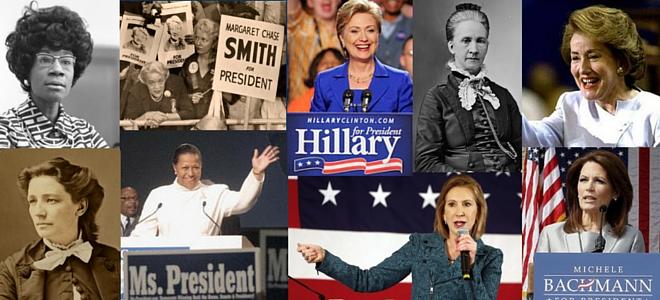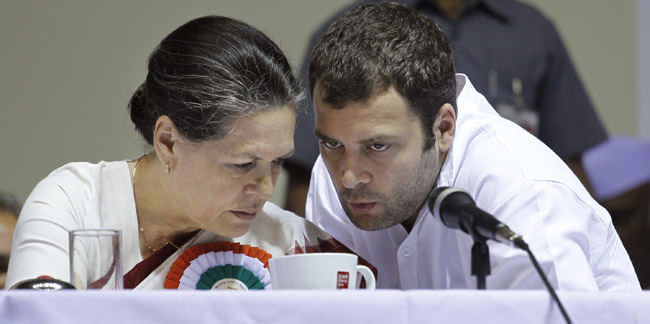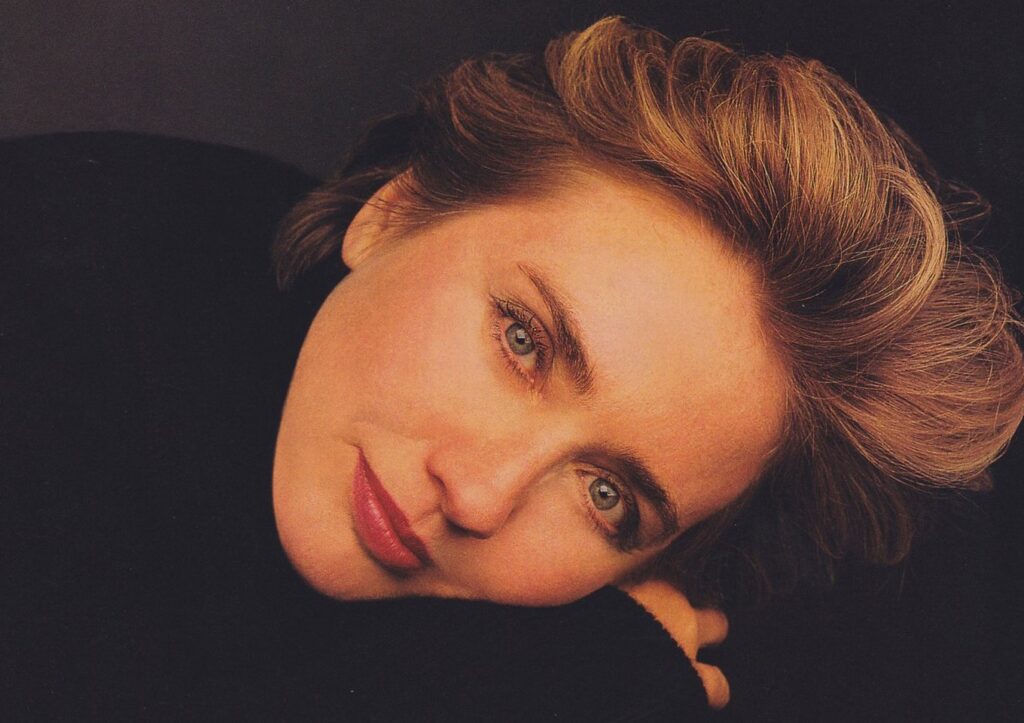*This post of mine is also published on Women in the World/ The New York Times.*
Whether you’re voting for Hillary or Trump or neither, it is hard to argue that the one consistent theme that has plagued the 2016 presidential race has been toxic misogyny. From the Republican nominee’s bragging in a 2005 leaked Access Hollywood tape about groping women to a dozen allegations of sexual misconduct against him to the Trump campaign taking on disgraced Fox News CEO, Roger Ailes, as a formal advisor to Bill Clinton’s sexual past being dragged out in a bid to discredit Hillary to Trump threatening Clinton with jail and calling her a “nasty woman,” the sexism throughout the 2016 race has been tangible, to say the least.
“It’s really tough for the first woman, no matter what ceiling you’re breaking,” Eleanor Smeal, President of the Feminist Majority/Feminist Majority Foundation and Publisher of Ms. Magazine, said earlier this year in an interview with TIME. “The first women police were harassed. One-third of our military women are sexually assaulted. This has been a male turf and [Hillary Clinton] has got the chutzpah, the gall, to step into a place where only men ‘should’ be and there are those men whose reaction is they can’t take it.” Smeal goes on to say that men who feel that a woman’s success “takes from their own” are the voters Donald Trump is appealing to and igniting, adding that Trump thinks all women are weak and only their looks matter. “Look at how misogynistic his language is,” Smeal points out.
As a Bangladeshi-American-Muslim feminist, and longtime women’s rights activist, I am so used to having to defend the existence of women’s rights in Islam and/or in my motherland, Bangladesh, that it has been jolting to be confronted with the deluge of sexism that Trump and his supporters have brought to the surface in America. Trump’s campaign has exposed a Mad Men-era level of misogyny in the U.S. that has shocked men, women and feminists around the world not only because the U.S. likes to project itself on the international stage as a kind of feminist utopia, but also because Americans, and non-Americans alike, really believe and buy into this image.

But when you look at the U.S. and really analyze the fiber of its being, it is undeniable that we have major issues with women in power, particularly in government. America currently ranks 75th out of 189 elected governments in the world for female representation in government, according to the Inter-Parliamentary Union. The percentage of women holding statewide and state legislative offices in the U.S. is under 25 percent. On a local government level, only 12 of the 100 largest cities have women mayors.
In the current 114th Congress, there are 20 women who serve as senators and 84 women who serve as representatives. That’s only 19.4 percent of the total 535 seats in Congress. And of course, to top it all off, the U.S. has never had a female commander-in-chief. These are embarrassing numbers for anyone, but especially the U.S., which loves to harp about women’s rights. And in a country where laws and legislation mean so much, it’s frightening to see how little power women have on Capitol Hill.
It may be hard for South Asians to understand why it has been so difficult for America to let a woman lead. Taking into consideration the region’s deep tradition of dynastic politics, South Asian nations from Pakistan to Sri Lanka to India and Bangladesh are light years ahead of the U.S. in this regard.

They have repeatedly voted women into political power. According to the World Economic Forum (WEF), India leads the pack in female leadership in government by women as either president or prime minister for 21 out of the past 50 years. Bangladesh’s ”Battling Begums,” the current Prime Minister Sheikh Hasina and her arch rival, Opposition Leader, Khaleda Zia, are perhaps the most high-profile living examples of South Asia’s long love-affair with political dynasties, but the region also has the Bhuttos of Pakistan, the Gandhis in India and Myanmar’s Aung San Suu Kyi.
All that being said, South Asia is hardly a haven for the rights of women and girls. The United Nations identifies the region for having the world’s highest rates of violent deaths among adolescent girls, and the region also has a history of assassinating female leaders (India’s Indira Gandhi was assassinated in 1984 and Pakistan’s Benazir Bhutto was shot and killed in 2007).
If Hillary Clinton, the former first lady, New York senator and U.S. secretary of state wins the White House in 2016 and goes onto become the country’s first woman president, her election would demonstrate the highest level of female leadership ever in the country. American women and girls would see a woman do something that has never been done before in the United States.

That in itself sends a powerful message to women both at home and abroad. And it is about time that everyone hears this message of empowerment from the U.S.
“Hillary doesn’t play,” first lady, Michelle Obama said during a recent speech while campaigning for Clinton in North Carolina. “She has more experience and exposure to the presidency than any candidate in our lifetime — yes, more than Barack, more than Bill — so she is absolutely ready to be commander-in-chief on Day One. And yes, she happens to be a woman.”
So if Clinton is such an experienced and qualified presidential candidate, why is it so hard for America and Americans to accept and allow a woman to ascend to the highest seat of power in the land?
*This post of mine is also published on Women in the World/ The New York Times.*
